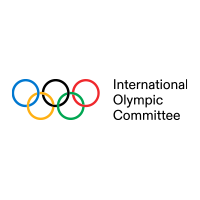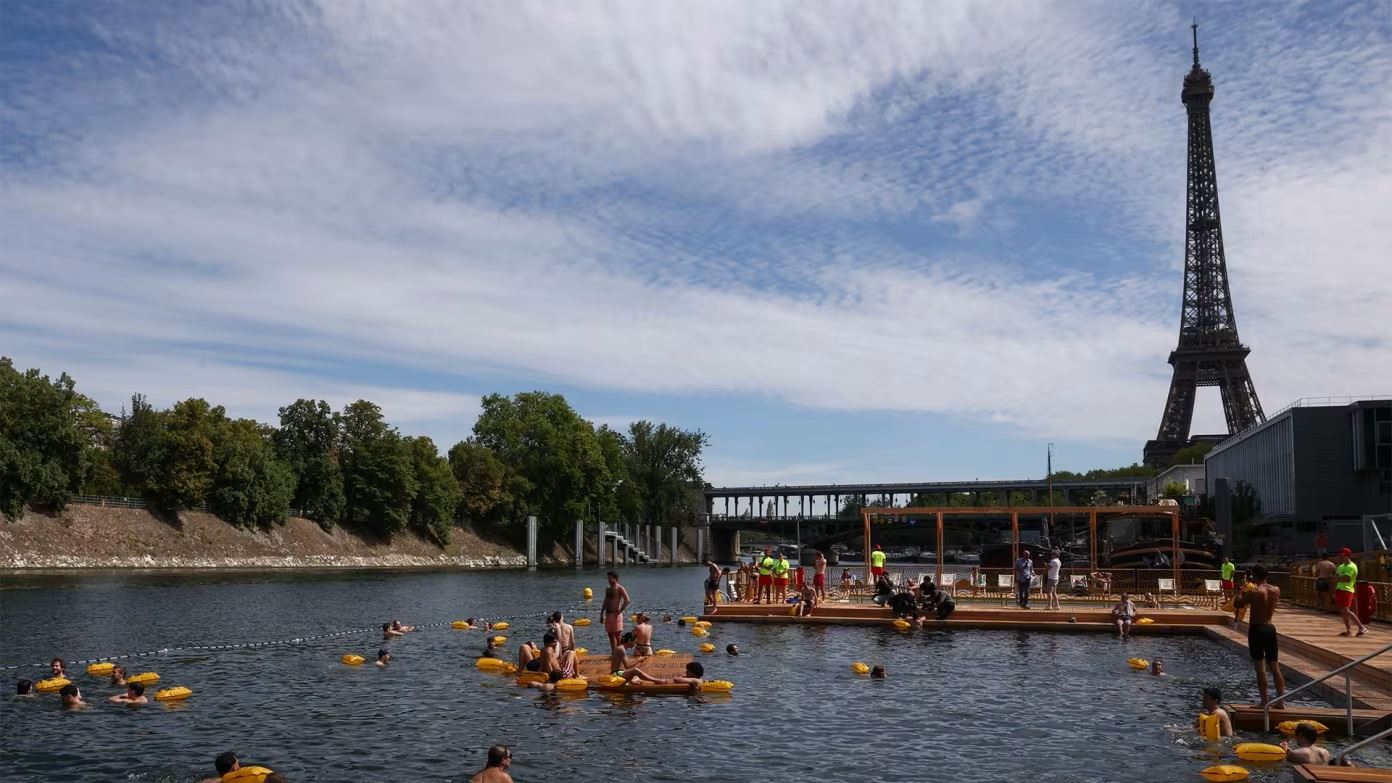10 July 2025 - For the first time in over a century, Parisians are once again swimming in the River Seine. What once seemed impossible is now a reality – thanks in large part to the vision, momentum and partnership inspired by the Olympic Games Paris 2024.
Three new natural swimming sites – at Bras Marie, Bercy and Grenelle – officially opened to the public on 5 July 2025, just over one year after athletes swam through the Seine during the Olympic triathlon and marathon swimming competitions.
About 1,000 swimmers a day will be able to access the sites until the end of August. With clean waters and secure access, these sites offer not only places to cool down in the summer heat, but also a lasting symbol of what the Games can create when aligned with a city’s long-term ambitions.
An in-depth transformation
More than a sports venue, the Seine became the soul of Paris 2024. It hosted the Opening Ceremony, where thousands of athletes sailed down the river in a flotilla of boats, and served as the backdrop for multiple competitions.
But the real transformation happened beneath the surface – literally.
A century ago, swimming in the Seine was part of everyday Parisian life, but it was banned in 1923 due to pollution. The origins of the clean-up efforts date back to the early 90s. In 2015, the Greater Paris Sanitation Authority announced the plan to make the Seine swimmable by the time of the Olympic Games. These efforts targeted aging sewage systems, stormwater runoff and wastewater discharge – culprits long blamed for the Seine’s pollution.
A massive underground storage basin near Austerlitz now intercepts and retains overflow from the sewer system during heavy rains, preventing untreated water from spilling into the river. It is capable of holding over 50,000 cubic metres – roughly twenty Olympic-sized swimming pools – of wastewater until it can be safely treated.
Social, environmental and economic Impact
This effort, while technical, was never only about engineering. It was about giving the people of Paris – and its visitors – new access to green spaces, physical activity and leisure in the heart of the city.
The Seine now serves as a free, safe and refreshing public space. The sites offer fully accessible facilities, lifeguards, showers and sun decks. Kayaks can be borrowed at Grenelle. Swimming zones are clearly demarcated, navigation is temporarily paused during opening hours, and water quality is tested daily under strict safety protocols.
These open-air sites – carefully integrated into the urban landscape with removable, modular structures – were designed with the future in mind. They also address a growing climate need: public access to cooling spaces as urban temperatures rise.
But the Seine’s revival is not just about Paris. It echoes across France and beyond, with public swimming spots planned along the Seine and Marne throughout the Île-de-France region.
A living Olympic legacy
The Seine’s clean-up proves that the Olympic Games, when thoughtfully planned, can accelerate citywide – and regionwide – improvements that affect every layer of society. Although the efforts had already been in progress, they were accelerated by the Games, which provided an additional incentive – and a deadline – to complete them in time for the event, helping to reconnect Paris with its river.
In line with the goals of Olympic Agenda – the IOC’s strategic vision to ensure that the Games are more sustainable, more inclusive and better integrated into the fabric of host cities – Paris 2024 became a powerful catalyst for urban regeneration, environmental progress and social benefit.
“The spirit of the Games continues to live on in the streets of Paris. And now, in the waters of the Seine,” said Anne Hidalgo, Mayor of Paris. “This progress would not have come so quickly without the Olympic and Paralympic Games. It is through this joint, demanding project, supported by all the stakeholders of the State and the Olympic and Paralympic Movement, that we have been able to meet the environmental, health and technical challenges to make swimming possible, safe and sustainable.”
The reopening of the Seine is a reminder that the Olympic Games are not just about sport – they are about transformation.
Tania Braga, IOC Head of Legacy.
“When a host city sees the Games as a catalyst for long-term progress, as Paris has done, the impact can reach far beyond venues and competition. It’s about reconnecting people to their environment, creating lasting public value, and showing how ambition and partnership can deliver change.”
For more information about Paris 2024 sustainability and legacy, see here.

